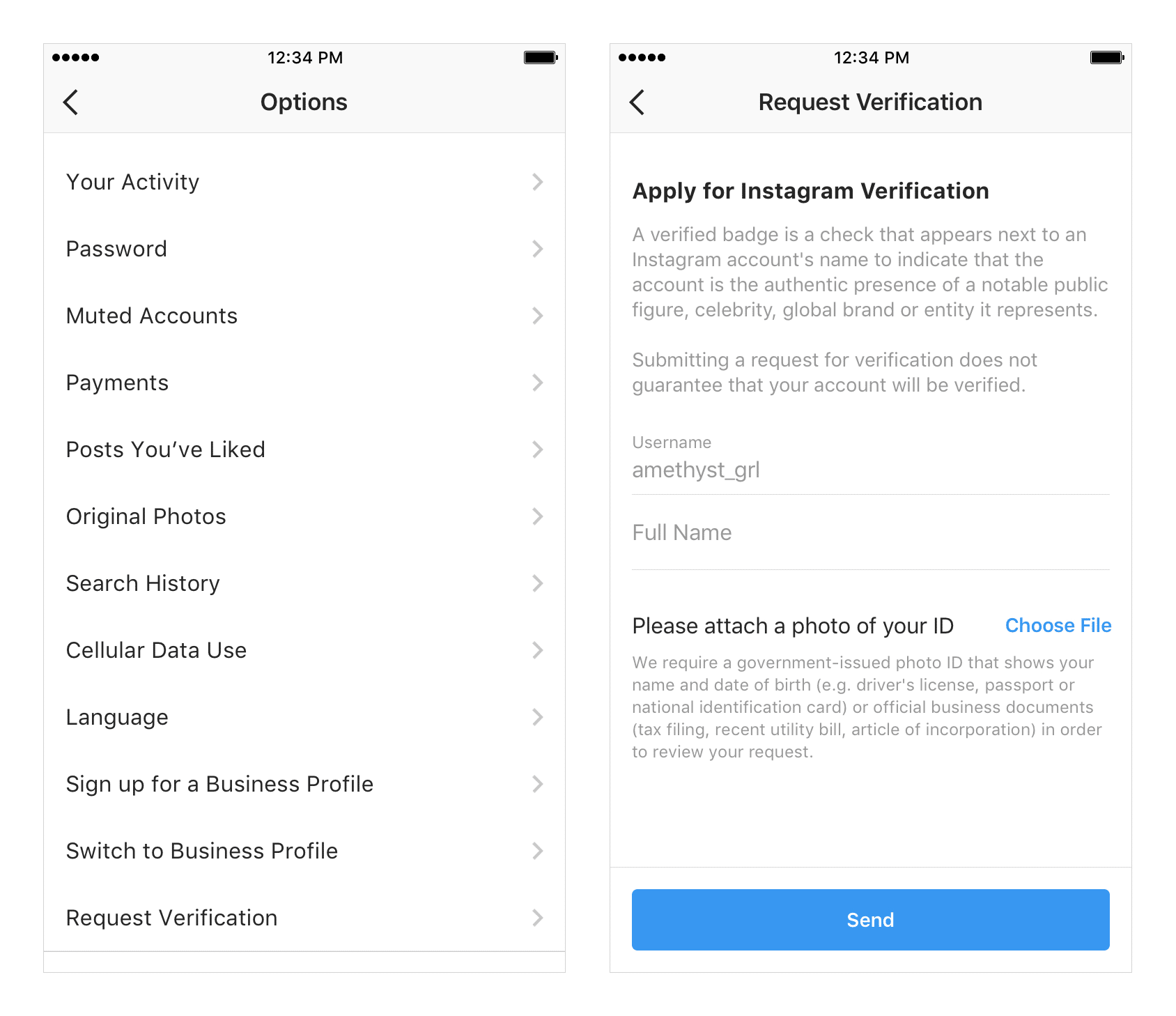With a billion monthly active users, it is quite surprising to see Instagram rolling out a fairly standard modern security feature that supports two-factor authentication apps. This comes two weeks after an unusually high number of users broadcasted complaints of hacked accounts.
ALSO READ: 5 New Features That May Be Added To Instagram; The More, The Better!
Instagram Adds Two-Factor Authentication Apps
Addition of third-party authenticator apps like 1Password, Google Authenticator, and DUO Mobile feature gives users a better way to secure their logins. To try the new two-factor authentication (2FA) – users must open Instagram settings, then choose “Two-Factor Authentication” and select “Authentication App” as their preferred form of authentication.
Instagram will find the user’s authenticator app automatically if they already have one or will be directed to download one, if not.

While text message 2FA is better than nothing, but it is much less secure than using an authentication app. If you are being targeted, there are many ways to intercept text messages, and if an attacker knows your phone number they might potentially be able to trick your carrier into porting your number to a new phone. And the authentication app reduces the risk of getting hacked.
ALSO READ: Here Is How Samsung Is Self Destructing Itself [TDAnalysis]
Furthermore, the eight-year-old social platform is also adding a new public info page about large Instagram accounts, which will tell users when and where an account was created, the country where it’s located, accounts with shared followers, username changes in the last year, and any ads the account is running.
This protects the community from frauds and scammers and also an introductory step towards misinformation spread on the social platform.
In addition to that, Instagram has released a new verification form globally, where accounts can apply for that coveted “verified” checkmark. You can find it in your profile>settings>request verification. These features will come into effect starting in September.
BONUS VIDEO
For the latest tech news, follow TechDipper on Twitter, Facebook, Google+, Instagram and subscribe to our YouTube channel.





